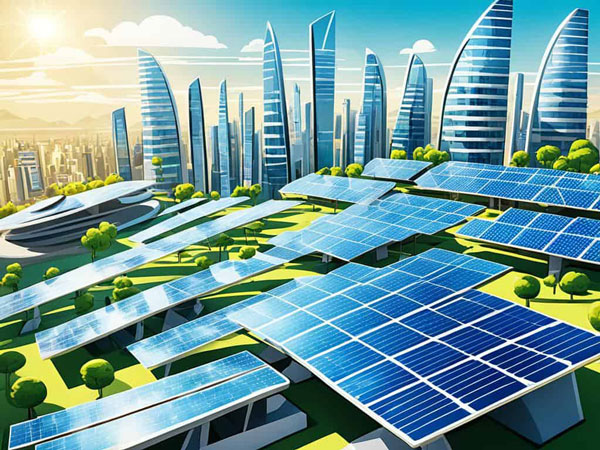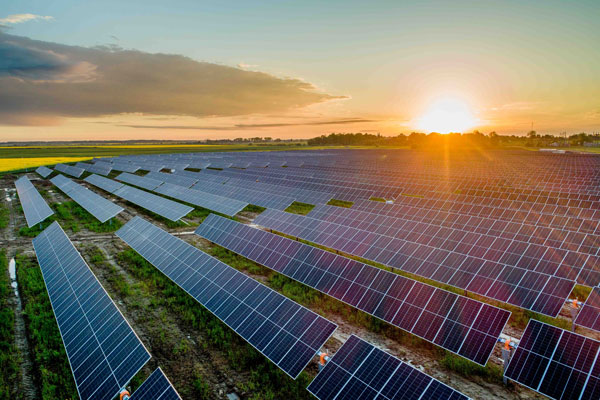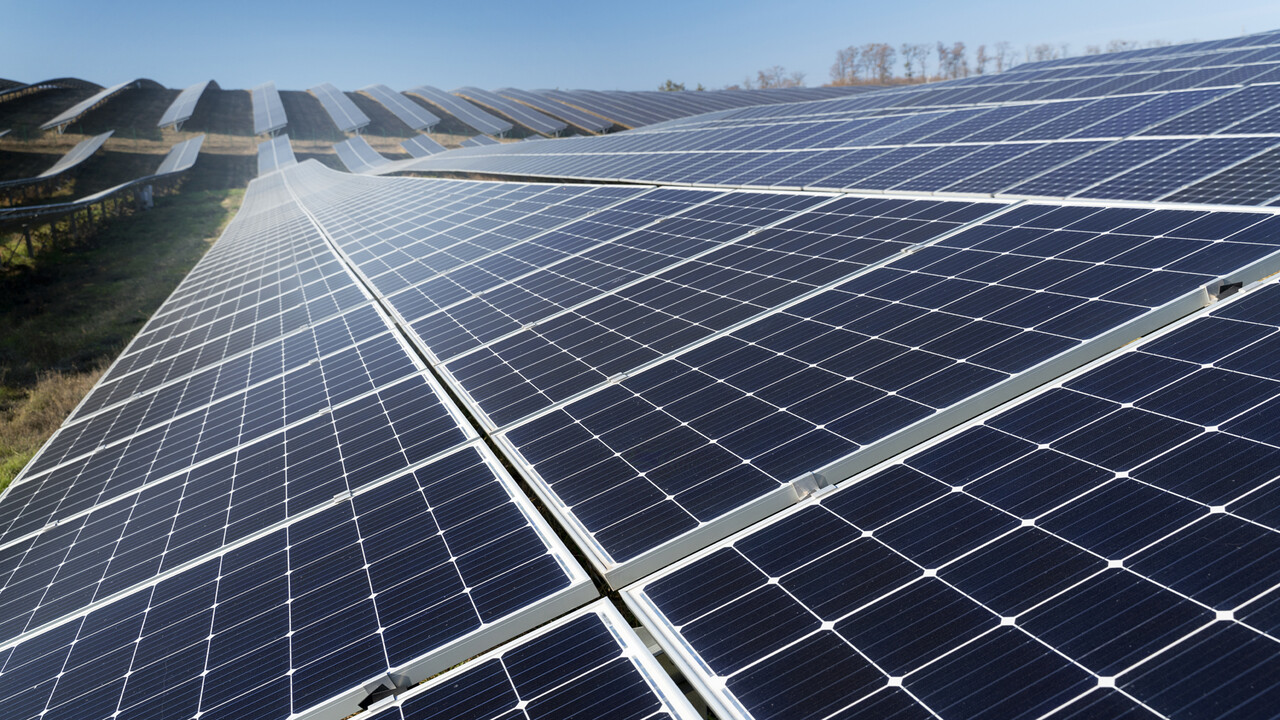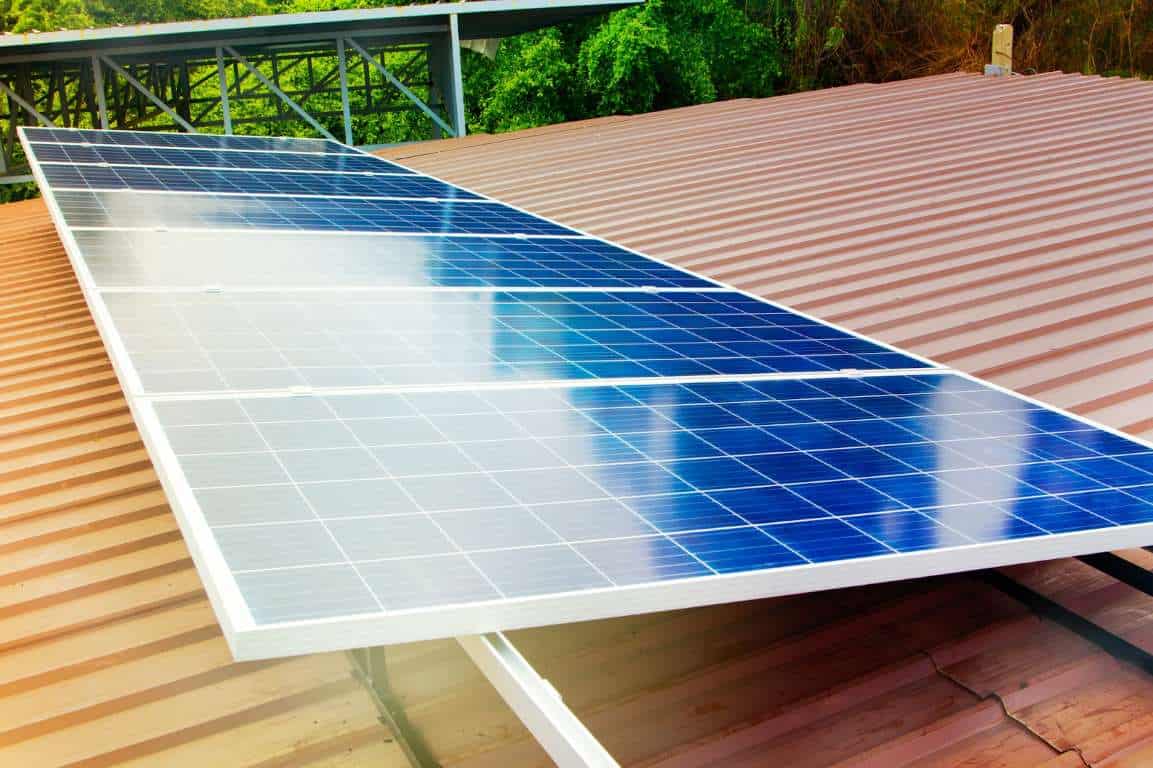Bifacial Module Capabilities
A Big Leap in Photovoltaic Technology in Form of Bifacial Solar Modules While conventional solar panels normally absorb sunlight from one side only, bifacial modules are capable of capturing energy not only from their front face but also from the rear side of the panel, which could lead to an increase in energy output of up to 30%.
Enhanced Light Absorption
Bifacial modules can also gather the diffuse and reflected light by sunlight directly admitted and irradiated from various different direction,IMPROVING THE ULTIMATE EFFICIENCY OF ENERGY PRODUCTION from the use of the sun. This is particularly useful in high ambient light environments, or on surfaces such as white rooftops or in snow, that reflect the sun's rays everywhere. Bifacial panels on the other hand, did, in this instance a large-scale solar farm in Nevada, produced about 10% more power than the same monofacial panel used in a year.
Durability and Longevity
Bifacial modules om the other hand also help by the facr that they are designed with more durable materials, in anticipation of the harsh irradiation which the back side would get. This makes them last longer than typical solar panels. According to field data, after 25 years the bifacial modules can still have up to 90% of their inital efficiency versus 80% for the standard panels.
Real-World Applications
This is especially significant for bifacial modules, which shine on floating solar farms. Once such project is in Singapore, where a study demonstrated that a platoon of bifacial panels floating on top of water not only reduces the level of water evaporation but actually lowers panel temperatures, this cooling effect in turn improving overall efficiency.
Cost-Effectiveness
Because the energy output could be significantly higher in a bifacial model, the cost of energy (which is usually more relevant to the user) would be lower. Europe analysis project show that levelized cost of energy (LCOE) of bifacial system is around 8% lower than traditional bifacial_definitions.

Enhanced PERC Cell Features
Breaking new ground in the field of solar cells, PERC (Passivated Emitter and Rear Cell) technology has increased efficiency by adjusting the solar cell architecture.
Enhanced Light Harvesting and Energy Converting
Incorporating PERC cells with a passivation layer that reflects the light back into the cell in perpendicularly increases the amount of light that is absorbed. It also has the property that the electron withdrawal to the hole is much reduced leading to much improved solar cells overall efficiency. PERC cells have an efficiency of around 22%, higher than 18 - 20% for standard polycrystalline cells.
Smaller temperature coefficients
PERC cells have a lower temperature coefficient than conventional solar cells. It is then that indicates less performance discount in warm environments. Within a high-temperature test, for instance, PERC cells decreased in efficiency by only 0.3% per °C above 35°C, compared with 0.4% for traditional cells.
Wide Range of Environments Application
PERC cells offer advanced features that are suitable for both residential rooftops and large-scale industrial environments. One of the easiest examples is a rooftop in California where PERC outperformed the traditional panels with 15%extra yearly energy output.
Long-Term Financial Benefits
Even though a PERC cell setup is more expensive at the start, the better efficiency of these setups means you spend less for yield in the long run. On the course of a typical 25-year lifespan, installations with PERC technology have demonstrated to deliver a significantly better return on equity due to greater efficiency and longer useful life phase.
Reductions in Light Induced Degradation
One of the main reasons of drop in efficiency of solar panels over the time, is Light Induced Degradation (LID). Advancements in solar cell technologies have significantly decreased LID; helping to improve the reliability and performance lifetimes of solar panels.
Advanced Silicon Materials Implementation
Advanced silicon materials like n-type and gallium-doped silicon have been shown to significantly reduce LID. This includes materials that are more resistant to the boron-oxygen defects responsible for causing LID in p-type silicon cellsrensibleponsible for causing LID in p-type silicon cells than typical materials. Reports suggest these panels experience inferior degradation in efficiency (0.9% after 1 year) when compared to atypical panels (3%) after the same amount of time making them last longer.
Cell Manufacturing Process Optimization
Changes to the solar cells fabrication process also help to lower the LID. Methods like the use of the intrinsic passivation layers and the use of optimized thermal annealing processes make the solar cells more stable. In another example, an experimental setup is being planned to have this new annealing process developed in Germany as a new and innovative processing technology simply A. The new annealing process increased the more than 70% in experimental setups to reduce the LID effects.
Practical Application Gains
Decreasing LID is not just beneficial for boosting the efficiency of the performance of the solar panels but also enhancing their economical worth. The reduced light-induced degradation also greatly increases the power and longevity of solar panels, particularly in solar systems in regions that receive intense amounts of sun-like the desert.
Impact of Reducing LID on the Economy
The impact of the diminution of LID fees is significant. Solar plants benefit from minimization of this degradation as it will increase return on investment (ROI) calculations. Example: A solar farm in Arizona, saved an additional $1.2 million over a 20-year period when compared to just using existing LID solution.
Innovations in Wafer Sizing
The size of silicon wafer is to be's overlap are vital in breadth of sunlight based cell use and expenseings. In recent times the size of a wafer has been up to a great extent with improvements in in wafer sizing to the better performance of solar panels and decrease in the cost of manufacturing.
Wafer50Design and Manufacture of Larger Format Wafers
This has long been a turning point in the solar industry, with a continuing adoption of larger wafer sizes, going up to M6 (166mm) and M12 (210mm) formats. Larger wafers, mean a greater area in which to capture light, without significantly higher production costs. One examples is the adoption of the M12 wafer size that has demonstrated to boost module up to 30% higher than traditional sizes.
Thin Wafer Technology
Technological advancements in the fabrication of wafers are such that it now allows for wafers to become thinner, retaining its structural integrity while also using less amounts of Silicon. This reduces both material costs and the weight of the solar modules (i. e. less material per m2), that, in combination with an easier installation process, will enable solar modules for use on more applications. As per industry reports, that thin wafers could save up to 25% of silicon and still give equal or better performance.
How They Effect the Efficiency of Solar Cells
Larger and Thinner wafers improve the efficiency of solar cells directly. This larger surface area enables far less shadowing from front-side busbars resulting in greater captured light and greater PV performance. A research was conducted in Spain solar plant showing a 5% improvement efficiency from old practice to wafer scaling up.
Benefits To Environment And Economic
The cost-savings implications are substantial with these wafer sizing innovations. They decrease the total cost per watt of solar energy by reducing silicon waste and improving the energy output. The tangible environmental effects of solar production are also offset by a decrease in the use of raw materials and energy in the manufacturing itself.

Future Materials in Solar Cells
In the search for new solar cells, an important step is to discover new material with appropriate properties for the next generation of photovoltaic technologies. These inventions are intended to improve solar efficiency, deliver lower prices, and broaden the use of solar power.
Perovskite Solar Cells
As absorbers in solar technologies perovskites offer many strengths, such as good light harvesting, high charge-carrier mobilities and an easy production process for thin-films. Recent advances have pushed perovskite solar cells to efficiencies greater than 25%, which can compete with traditional silicon cells. The manufacturing process for perovskite cells is much simpler, and so they can be produced much cheaper.
Elsevier SciTech Connect
Transparent photovoltaics open up the possibility of using solar cells but the cells to be installed on windows or displays thus not obscure vision. The result could turn buildings into artichokes that energize their own production without affecting their appearance. This technology could create power as a side effect of providing natural light; a prototype installation in a commercial building in New York has already proven that it's possible.
Organic Photovoltaics
Made from carbon based materials, organic photovoltaic (OPV) cells provide a lightweight, flexible alternative to traditional solar panels. They offer great features for relatively low-power and very portable and wearable implementations. While less efficient than silicon-based cells, cadmium telluride cells use less energy during production, and can be created in many shades and shapes. Higher improvements are underway in organic conductors, which are anticipated to take OPV efficiencies to over 15%, according to research.
Silicon Carbide with Gallium Nitride
They are high power conversion efficient materials that are well known for their thermal stability properties, due to which SiC and GaN has become a preferred choice to enhance the performance of power density because these two materials are having higher thermal conductivity and anti-radical properties as compared to silicon. They are being considered for use in harsher conditions, such as in space, or in industrial fields where solar cells can be damaged by excessive temperature. Tests have shown these materials may be a suitable candidate to work at temperatures >200°C.





